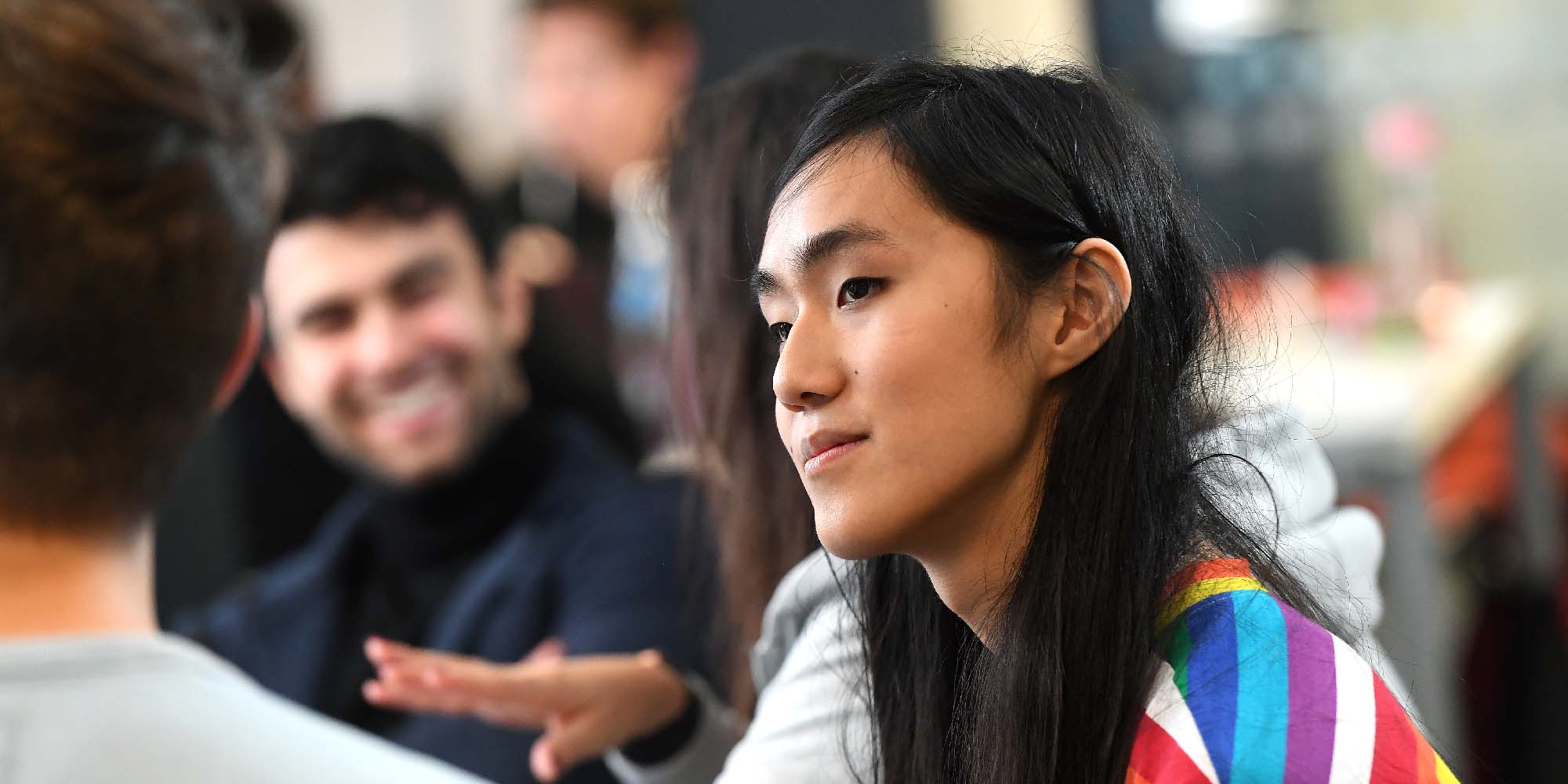Postgraduate research opportunities Theory and simulations of frequency combs in micro-ring resonators
ApplyKey facts
- Opens: Wednesday 1 April 2020
- Number of places: Up to 2 places
- Duration: 3 years
- Funding: Equipment costs, Home fee, International fee, Stipend, Travel costs
Overview
Modelling of laser light propagating in micro-ring resonators in collaboration with experiments performed at the Max Planck Institute for the Science of Light in Erlangen (Germany). Applications of these devices are in atomic clocks, quantum technologies, telecommunication, GPS and integrated photonic circuits.Eligibility
BSc (Hons) 2:1 or equivalent degree in physics

Project Details
Frequency combs are spectra consisting of a series of discrete, equally spaced elements and form the modern standard of optical frequencies and clocks. Frequency combs led to the Nobel Prize in Physics to John Hall and Theodor Hänsch in 2005. Micro-resonator-based frequency combs have attracted a lot of attention for their potential applications in precision metrology, gas sensing, arbitrary optical waveform generation, quantum technologies, telecommunication and integrated photonic circuits. Micro-resonator combs are generated in ultra-high-Q optical resonators that enable the confinement of extremely high optical power levels in very small mode-volumes. The high optical power densities lead to the conversion of a continuous wave laser into a comb of equidistant optical modes that can be used like a ruler for optical frequency measurements.
Dr Pascal Del'Haye of the Max Planck Institute for the Science of Light (MPISL) in Erlangen, Germany, has developed and optimised micro-resonator frequency combs based on periodic and soliton like waveforms of the light circulating in the optical cavity. These are the temporal counterparts of periodic and cavity-soliton solutions discovered and analysed in the Computational Nonlinear and Quantum Optics (CNQO) group at Strathclyde for more than ten years.
The project will run in a close collaboration between Strathclyde and MPISL. The CNQO group at Strathclyde is in a unique and strategic position worldwide being the inventor of the theory and first developer of the simulations associated with cavity-solitons, the key elements of the optimal frequency-comb generation using resonators. Dr. Del'Haye will be the external supervisor of the PhD student who will periodically visit MPISL and compare the results of the simulations and theoretical models with the experimental data.
Funding details
Collaboration with MPISL in Erlangen (Germany). Funding to be finalised.
While there is no funding in place for opportunities marked "unfunded", there are lots of different options to help you fund postgraduate research. Visit funding your postgraduate research for links to government grants, research councils funding and more, that could be available.
Apply
Number of places: Up to 2 places
To read how we process personal data, applicants can review our 'Privacy Notice for Student Applicants and Potential Applicants' on our Privacy notices' web page.


